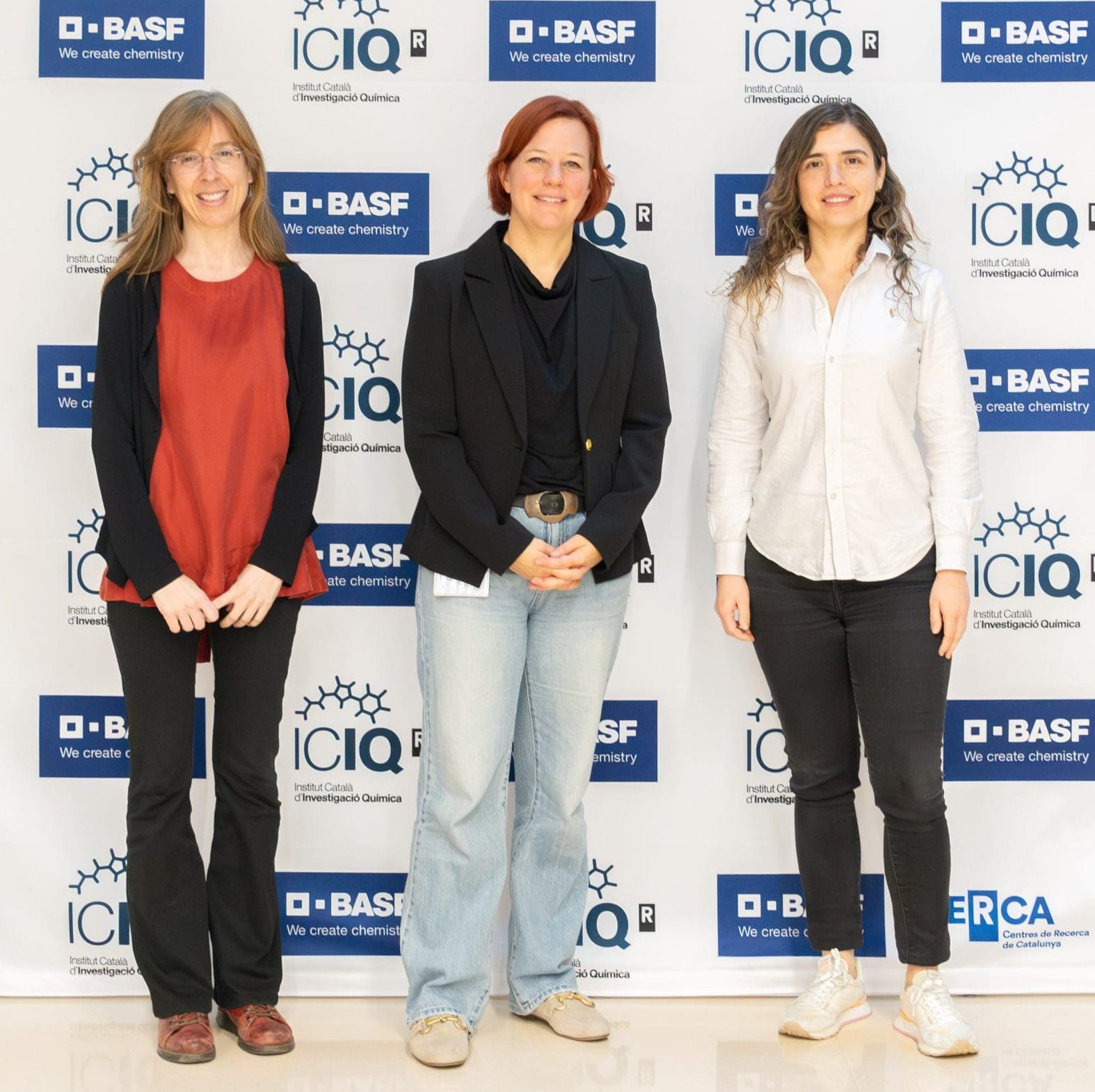
 28/03/2025
28/03/2025
 11:30 h
11:30 h
 ICIQ Auditorium Prof. Dr. Kilian Muñiz
ICIQ Auditorium Prof. Dr. Kilian Muñiz
- Lecturer: Prof. Brigitte M. Städler
- University: Aarhus University, Denmark
- Sponsored by:

Artificial Cells Interacting with Mammalian Cells
Abstract
Bottom-up synthetic biology aims to design life-like units (aka artificial cells) that can substitute for missing/lost cellular activity or to add non-native function to mammalian cells and tissue.(1) Artificial cells are minimal, simplistic structures that imitate selected structural or functional aspects of living cells.
We focus our efforts on hydrogel-based artificial cells equipped with a specific liver-like function and their integration and communication with mammalian cells. Specifically, the artificial cells support their living counterpart in fighting reactive oxygen species either by direct conversion(2) or by deploying supportive nano-units. Further, we showed that hepatic cell aggregates could be 3D bioprinted together with artificial cells to boost catalytic activity for at least 2 weeks.(3) In addition, we illustrated that artificial cells can eavesdrop on a typical activity of a liver cell due to co-existence in a semi-synthetic tissue.(4)
Our efforts illustrate the potential of nano-engineered artificial cells for tissue engineering purposes.
- N. Westensee, P. de Dios Andres, B. Städler*, From Single-Compartment Artificial Cells to Tissue-Like Materials, Adv. Mater. Technol., 2024, early view
- N. Westensee, K. L. Thomsen, R. P. Mookerjee, B. Städler*, Antioxidant Microgels Support Peroxide-Challenged Hepatic Cells. Adv. Biology, 2024, e2300547
- N. Westensee, L. Paffen, S. Pendlmayr, P. de Dios Andres, M. A. Ramos Docampo, B. Städler*, Artificial Cells And HepG2 Cells in 3D Bioprinted Arrangements, Adv. Healthcare Mater., 2024, 2303699
- Westensee, B. Städler*, Artificial Cells Eavesdropping on HepG2 Cells, Interface Focus, 2023, 13, 20230007
Other events

Let's create a brighter future
Join our team to work with renowned researchers, tackle groundbreaking
projects and contribute to meaningful scientific advancements




















